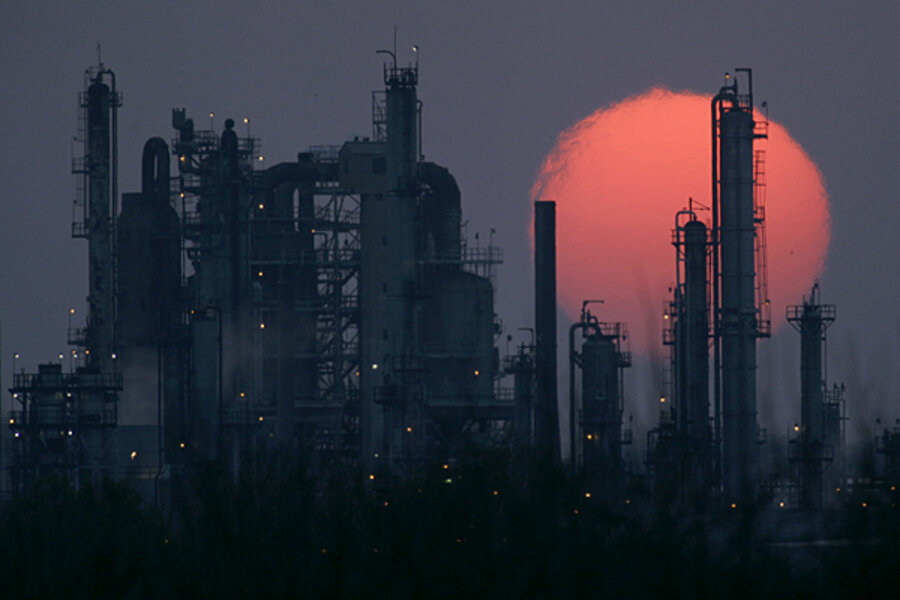The kaleidoscope of fossil fuel abundance
If you've ever looked at the elements that create the images in a kaleidoscope, they are unremarkable: pebbles, beads and bits of colored glass, all mixed together. But when seen through the viewing end of the device, this mixture creates the illusion of pleasing, colorful and multiple identical designs where, in fact, there are none. It's done with mirrors; and the illusion is convincing to the eye as it looks through the narrow tube that connects it with the mirrors and the colored items on the other end.
Like children looking through a kaleidoscope who are unaware of its actual workings, the media and the public have been misled into believing that early production results in the shale natural gas and tight oil formations in the United States will be repeated again and again across the United States and the world. This has led to exuberant forecasts of energy independence for the United States, an end to the dominance of OPEC in world oil supplies, and fossil fuel abundance for decades to come.
Two important trends cast doubt on this naive view. First, in the United States, home of the hydraulic fracturing "miracle," domestic natural gas production has been flat since January 2012. The shale gas revolution may well be over in the United States as the current production level becomes increasingly difficult to maintain in the face of ferocious decline rates for shale gas wells--rates that range between 79 to 95 percent after just three years according to a comprehensive survey of 65,000 oil and gas wells in 31 U.S. shale plays. This means that at least 79 percent of all shale gas production must be replaced every three years just to keep shale gas production flat! With shale gas making up more than 34 percent of all U.S. production in 2011, merely keeping overall domestic production stable will be a formidable task and, given these decline rates, one with no historical precedent.
Further undermining the abundance narrative, U.S. crude oil production has gone almost flat since October 2012. This is not a long enough period to indicate anything definitive about the trajectory of domestic crude production. But, it comes at a time when reports from newer tight oil plays in Ohio and Colorado have proved hugely disappointing. Ohio pumped just 700,000 barrels of oil from its tight oil fields for all of 2012, an amount being pumped daily from the same kind of fields in North Dakota. In Colorado several years of development of tight oil have only been able to raise production statewide by about 100,000 barrels per day.
The U.S. Energy Information Administration recently fanned the flames of exuberance once again with a recent reassessment of the potential for shale gas and tight oil production worldwide. Inattentive readers, however, might miss that this report referred to "technically recoverable" resources, ones that are thought to be recoverable using current technology, but not necessarily profitable to recover at current prices. In addition, the EIA was careful to point out that its estimates are highly uncertain and subject to change once actual drillbits provide better information where little currently exists. Beyond this, it is important to remember that "resources" refer to sketchy estimates of what might be in the ground whereas "reserves" are what can be extracted profitably at today's prices from known fields using existing technology. "Reserves" are and always have been only a tiny fraction of "resources." Hapless journalists often fail to understand the difference as they did in this case.
A discreetly placed disclaimer reading "results may vary" often appears in television commercials showcasing people who've made millions following the investment advice being touted or who've lost scores of pounds using the exercise machine on offer. A more conspicuous "results may vary" warning ought to come with every new piece of information about the potential of this or that new shale gas or tight oil play.
If the U.S. experience is supposed to forecast the world, then the evidence so far suggests a boomlet followed by frantic efforts just to keep production level. But in some cases, such as Poland, the results have been far worse as heavily touted prospects have turned out to be duds.





